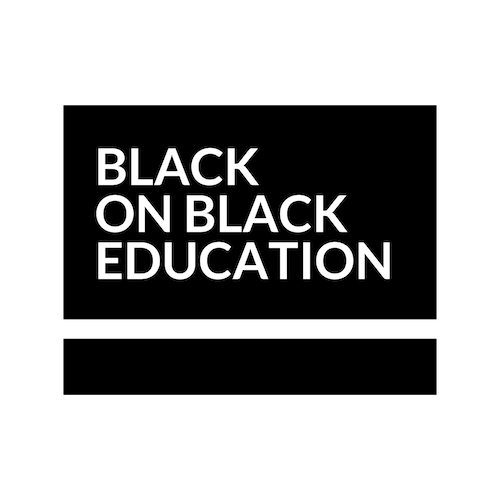Assessment for Learning, but Make it Student-Centered
We are in the home stretch, people!
Welcome back to the Back to Basics Series of the Shhh It's Time to Listen blog, where I, Evalaurene, show you, a student-centered educator, the ins and out of sharpening your student-centered tool kit with the tips, tricks, and strategies you need to maintain your commitment to putting students in the driver's seat.
Now, since week 1, I've used this series to break down the importance of empowering students' voices and why it matters, building authentic relationships, student choice, and personalized learning, promoting student agency, and cultivating a culture of collaboration.
After I get educators and school leaders on board with everything I've taught you so far, these questions come flooding in, "How do we assess this?!" "How do we get them prepared for the [insert standardized test]?" How can we let students take the lead and still ensure we get through the curriculum?!"
And then I push them, will that test matter for your young people in 10 years? Will it even matter in 2 years?
We cannot prioritize a test score over supporting students to find their passion and purpose, explore their identity, and expand their critical consciousness and problem-solving skills. And more importantly than all of this, we must explore how, given the time that we have with our young people, how can more time be taken from teaching to the test and more time being used to push our young people toward excellence.
“We cannot prioritize a test score over supporting students to find their passion and purpose, explore their identity, and expand their critical consciousness and problem-solving skills. ”
If that is the spirit with which we develop or redevelop our curriculum and assessment structures, our young people can do well on the tests to ensure they are not a roadblock to their future endeavors but are deconstructing the belief system that says standardized exams can EVER assess the brilliance and genius in everyone one of our students, but you know what can...
Take a Student-Centered Approach to Assessment! Here are a few of my favorites:
Use Diverse Assessment Methods: Here, we come right back to the idea around student choice, personalized learning, and student agency (covered weeks 3 and 5 of the series): Integrating a variety of assessment methods can accommodate different learning styles and intelligences. Consider incorporating projects, presentations, debates, group discussions, blogs, podcasts, websites, social media campaigns, video essays, and portfolios to allow students to showcase their knowledge and skills in various ways.
Encourage Self-Assessment and Reflection: Empower students by encouraging them to assess their own progress and reflect on their learning journey. Students being able to define success for themselves is important, and self-assessment helps students take ownership of their education, understand their strengths and weaknesses, and set realistic goals for improvement. Teachers can provide students with rubrics and guidelines to aid their self-evaluation process, making it a constructive and meaningful exercise.
Embrace Formative Assessment: Formative assessment involves gathering ongoing feedback throughout the learning process to monitor progress and identify areas that require additional support. Embracing formative assessment empowers educators to make real-time adjustments to their teaching strategies and empowers students to address challenges promptly. This approach enhances the learning experience and prevents issues from compounding over time.
Foster Peer Assessment and Collaboration: Last week, we talked about building a culture of collaboration. Use that community you've built to encourage students to engage in peer assessment and collaborative learning experiences. When students assess each other's work, it not only develops critical thinking and communication skills but continues to promote a sense of community and cooperation within the classroom. Peer assessment can be guided by teacher-provided criteria to ensure fairness and consistency.
Personalize Learning Pathways: Think about it; you'd never assess an elephant on how fast it can swim, so DON'T do that to your students! Just like we discussed in week 2, each student comes with unique abilities, interests, and background knowledge. Personalizing learning pathways enables educators to cater to individual needs and interests. Utilize technology and differentiated instruction to offer resources and activities tailored to each student's level of readiness and learning preferences.
Before we close out for this week, it's important to know providing timely and constructive feedback is NECESSARY to make this work! Instead of merely assigning grades, educators should provide feedback that focuses on the strengths demonstrated and offers guidance on areas for improvement. Constructive feedback fosters a growth mindset and motivates students to take an active role in their learning.
A student-centered approach to assessment prioritizes individual growth, engagement, and empowerment within the learning process. By adopting strategies that involve students in their own assessment and acknowledging their unique capabilities, educators create an environment that fosters a love for learning and a deeper understanding of the subject matter. Which is exactly what all of this is about!

